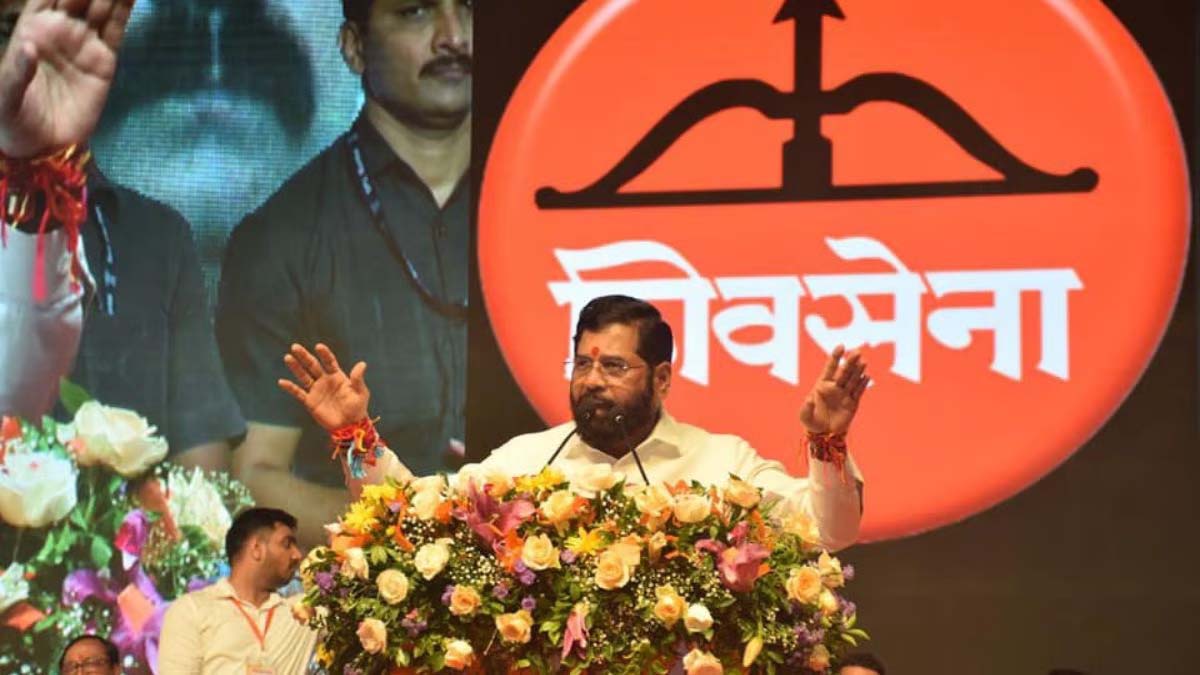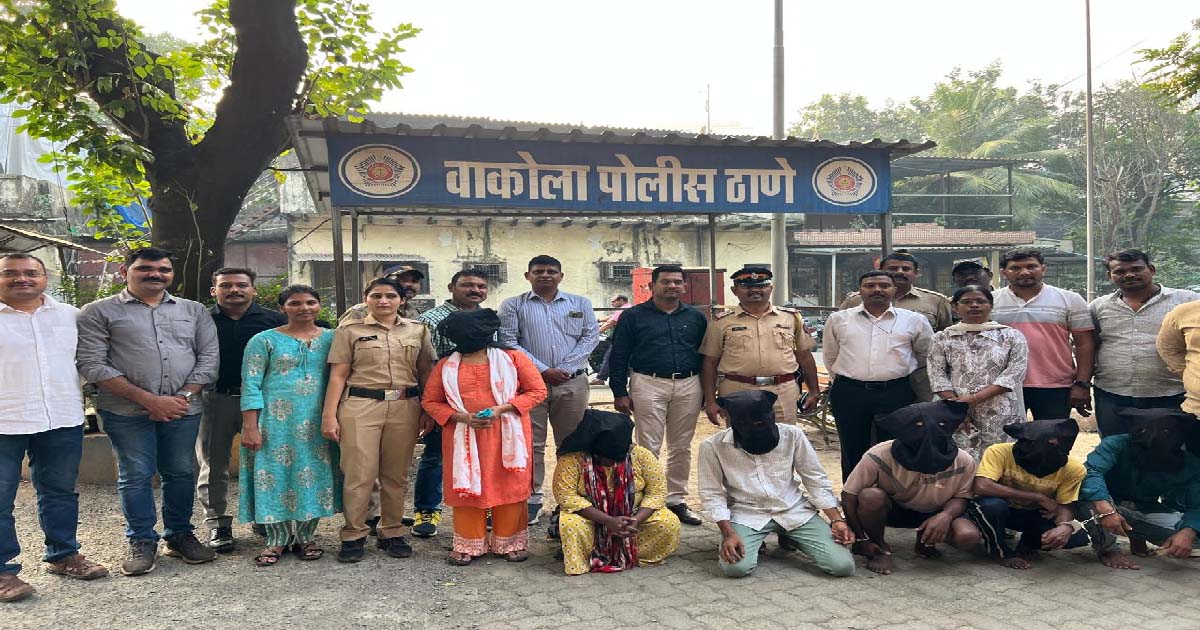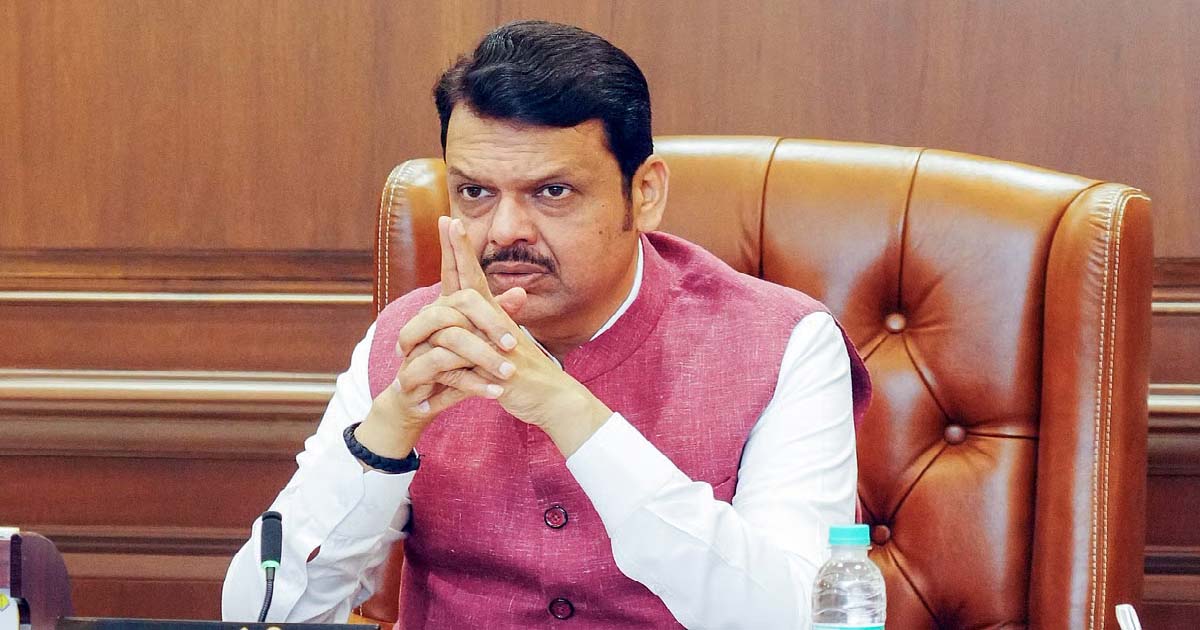Maharashtra
Maharashtra’s Majhi Ladki Bahin Yojana: Govt To Require Rs 4.60 Lakh Crore Over 5 Years For Expanded Aid

Mumbai: The Maharashtra government will need Rs 4.60 lakh crore for the next five years to pay a monthly financial assistance of Rs 3,000 up from the present Rs 1,500 to over two crore eligible women under the ambitious Mukhyamantri Majhi Ladki Bahin Yojana.
Maharashtra CM Eknath Shinde Formally Launches ‘Mukhyamantri Majhi Ladki Bahin Yojana’ In Pune
These estimates have been made internally by the MahaYuti government after Chief Minister Eknath Shinde’s formal launching of the Ladki Bahin scheme on Saturday in Pune. He announced that if voted to power after the upcoming Assembly election the government will increase the financial aid to Rs 3,000 per month. He did not stop there but asked the two Deputy Chief Ministers, Devendra Fadnavis and Ajit Pawar (present finance and planning minister), to work out its matrix.
About The Slew Of Schemes Announced By Maharashtra Deputy CM Ajit Pawar In The Run-up To The State Assembly Election
In the run-up to the upcoming Assembly election, Dy CM Ajit Pawar during the presentation of the annual budget for 2024-25 announced a slew of welfare and development schemes, including the Ladki Bahin scheme costing nearly Rs 1 lakh crore. He has also made a provision of Rs 46,000 crore for the Ladki Bahin scheme for the year 2024-25.
If the government decides to increase the financial aid to Rs 3,000 per month, the government will have to bear a burden of Rs 92,000 crore annually alone on its implementation for the next five years.
CM Shinde’s announcement and the subsequent state government’s burden need to be seen in the present context of the government’s fiscal deficit, estimated at Rs 1.10 lakh crore, and a revenue deficit of Rs 20,051 crore in 2024-25. Besides, the state’s public debt is expected to surge to Rs a record Rs 7.82 lakh crore in 2024-25 from Rs 7.11 lakh crore in 2023-24.
Claim Made By The Opposition
The opposition has claimed that the state government’s additional outgo will put pressure on state finances and there is every possibility that the fiscal deficit, which is estimated at 2.6 per cent in 2024-25, may cross the 3 per cent limit of Gross State Domestic Product. As per the revised estimates, in 2023-24, the fiscal deficit of the state is expected to be 2.8 per cent of the GSDP. This is higher than the budget estimate (2.5 per cent).
Fiscal deficit is projected to be lowered to 2.3 per cent of GSDP by 2026-27. However, a finance department officer said that the government is making efforts to keep the fiscal deficit within the 3 per cent GSDP limit. He added that the government is quite bullish over proposed estimates of the state’s own tax revenue of Rs 3,35,811 crore in 2024-25. Of this, the state GST is expected to be the largest source with a collection of Rs 1,55,756 crore.
According to the officer, Maharashtra’s GSDP for 2024-25 (at current prices) is projected to be Rs 42,67,771 crore, amounting to a growth of 5.5 per cent over 2023-24 revised estimates.
A MahaYuti Minister strongly defended the CM’s announcement of hiking the monthly financial aid to Rs 3,000 saying that it is the government’s welfare economy.
“The opposition and critics may criticised the expenses on the Ladki Bahin and other schemes but the government is of the view that the payment of financial assistance will increase consumption and thereby the money will come back to the economy. It will further boost the growth,” he argued.
Maharashtra
Five-year-old kidnapped girl rescued from Vakola, five arrested, girl held hostage by uncle in Panol

Mumbai: Police has claimed to have arrested five accused, including uncle Momani, on charges of kidnapping a five-year-old girl. The gang had planned to kidnap and sell the girl. A case of kidnapping of a minor girl was registered on November 22 under the limits of Vakola police station. Several teams were formed in Zones 8 and 7. During the investigation, it was revealed that a suspicious rickshaw had gone to Panvel and returned. A man, a woman, a rickshaw driver and the girl were in the rickshaw between 2 and 3 am. The kidnappers were identified as the girl’s uncle Lawrence Niconelis Fernandes, 42, and his wife Momani, who is a Mangal degree, both of them had gone to Panvel by rickshaw and were going to sell the kidnapped girl. The kidnapped girl was recovered from the possession of their acquaintance Sans. The Sans gave details about the wanted accused during the investigation, after which Windra Dinesh Chavan, 60, and Anjali Ajit Korgaokar, 57, were arrested from New Panvel, Raigad. The kidnapped girl was sold for Rs 1,80,000 and Vrinda Chavan was taken into custody from her house and the girl was safely brought to Vakola. This operation was carried out by DCP Manish Kalwaniya on the instructions of Mumbai Police Commissioner Deven Bharti and the girl was recovered safely. In this case, the police have arrested rickshaw driver Latif Abdul Majeed Sheikh, 52, a resident of Santa Cruz, Lawrence Nicholas Fernandes, 42, a laborer from Raigarh, Mangal Dagra Jadhav, 38, from Raigarh, Kiran Maruti Sons, 38, from Panvel, Vrinda Vanish Chavan, 60, from Raigarh and the investigation is underway.
Maharashtra
Maharashtra Govt Launches Major Push For Women’s Economic Empowerment In Rural & Tribal Areas

Palghar: The Maharashtra government has initiated a major push toward strengthening economic prospects for women in rural and tribal regions, with Chief Minister Devendra Fadnavis stating that women’s economic empowerment remains the administration’s top priority.
On Monday, the Umed–Maharashtra State Rural Livelihoods Mission (MSRLM) under the Rural Development Department signed a Memorandum of Understanding (MoU) with the Raah Foundation to expand sustainable livelihood opportunities for women across the state.
Fadnavis said the collaboration would play a crucial role in enhancing income-generation avenues for women in remote and tribal regions. “This MoU will significantly help in expanding livelihood opportunities for women by tapping into their inherent skills and local resources,” he said, highlighting ongoing efforts to create economic development pathways across rural Maharashtra.
The agreement aims to empower women in Palghar, Nashik, and Raigad districts—regions with a large tribal and rural population—by integrating climate-resilient practices, smart agriculture, water security initiatives, and nature-based livelihood programmes.
The partnership will combine the technical expertise of the Raah Foundation with Umed’s extensive network of Self-Help Groups (SHGs), enabling rural women to access training, resources, and market linkages.
Under the collaboration, two nursery development and bio-production centres will be set up in each of the three districts, expected to benefit more than 5,000 women and farmers. Additionally, a women-led Food Forest Project will be launched, with each participant expected to earn up to ₹1 lakh annually.
The initiative will also integrate multiple government schemes—including the Van Dhan Scheme, PMFME, NHM, and RSETI—to ensure women farmers receive support in the form of credit, insurance, training, and market access.
Officials said the collaboration aligns with Maharashtra’s Vision 2030, the United Nations Sustainable Development Goals (SDGs), and India’s National Climate Commitments (NDCs), positioning the project as a scalable model for women-led, sustainable economic growth.
The government expects the initiative to create measurable improvements in income, resilience, and financial autonomy for thousands of rural women—ushering in a transformative shift in livelihood opportunities across the state.
Maharashtra
Three arrested for attempted murder at Goregaon RA signal

Mumbai: Police has claimed to have arrested three people on charges of attempted murder. According to details, on November 22, the complainant Zohaib Naeem Baig, 22, was passing by on his motorcycle at the RA signal in Goregaon. Due to the signal being off, three unknown assailants attacked him and snatched the motorcycle keys and stabbed him in the stomach with a sharp weapon for no reason. After which the police registered a case of attempted murder and started searching for them. According to the statement of the complainant and his friend, two people have been arrested from the Goregaon area, along with one from the RA. The motorcycle and the knife used for the attempted murder have also been recovered from their possession. The accused have been identified as Naeem Shahabuddin Dhobi, 26, Sameer Shahabuddin Dhobi, 30, and Vinod Kumar Padiyaji, 29. This operation was carried out on the orders of Mumbai Police Commissioner Devin Bharti and the accused have been arrested and the murder weapon has also been seized.
-

 Crime3 years ago
Crime3 years agoClass 10 student jumps to death in Jaipur
-

 Maharashtra1 year ago
Maharashtra1 year agoMumbai Local Train Update: Central Railway’s New Timetable Comes Into Effect; Check Full List Of Revised Timings & Stations
-

 Maharashtra1 year ago
Maharashtra1 year agoMumbai To Go Toll-Free Tonight! Maharashtra Govt Announces Complete Toll Waiver For Light Motor Vehicles At All 5 Entry Points Of City
-

 Maharashtra1 year ago
Maharashtra1 year agoFalse photo of Imtiaz Jaleel’s rally, exposing the fooling conspiracy
-

 National News1 year ago
National News1 year agoMinistry of Railways rolls out Special Drive 4.0 with focus on digitisation, cleanliness, inclusiveness and grievance redressal
-

 Maharashtra1 year ago
Maharashtra1 year agoMaharashtra Elections 2024: Mumbai Metro & BEST Services Extended Till Midnight On Voting Day
-

 National News1 year ago
National News1 year agoJ&K: 4 Jawans Killed, 28 Injured After Bus Carrying BSF Personnel For Poll Duty Falls Into Gorge In Budgam; Terrifying Visuals Surface
-

 Crime1 year ago
Crime1 year agoBaba Siddique Murder: Mumbai Police Unable To Get Lawrence Bishnoi Custody Due To Home Ministry Order, Says Report












